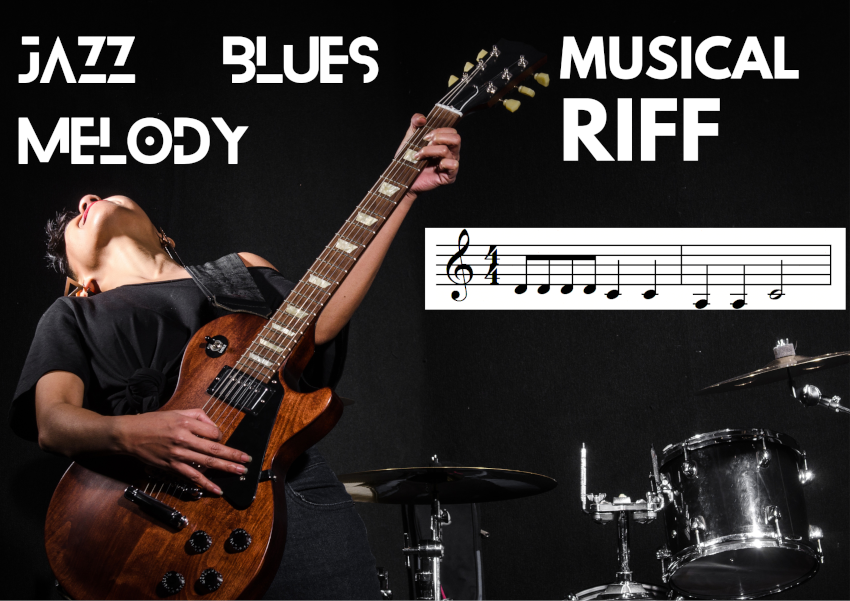Search Topic
RIFF: A Beginner’s Guide to This Important Element of Music
What is a riff in music?

Have you ever heard a song and noticed the same catchy melody or phrase repeating throughout it? That’s what we call a riff in music. A riff is a short musical phrase that is repeated throughout a piece of music, typically as part of the main melody. It’s an important element of music that can help to give the song its overall identity and make it memorable.
Music is composed of several elements, and one of the most important among them is the RIFF. Whether you are a beginner looking to learn more about music or an experienced musician who wants to brush up on their skills, this blog by Plugintutor will provide you with a comprehensive guide to understanding RIFFs and how they can be used in your compositions.
RIFFs are short musical phrases that are repeated throughout a piece of music. They can be used to create tension, add emotion, and create memorable melodies. In this blog, we’ll discuss what RIFFs are, how they work, and some tips for creating your own. We’ll also explore some common uses for RIFFs in popular genres such as rock, pop, jazz, and classical music. So if you’re ready to dive into the world of RIFFs – let’s get started!
RIFF: The Building Block of Music
A riff in music is a short, memorable musical phrase that can be repeated throughout a song. It’s often the foundation of a song and is usually played by the rhythm guitar or keyboard. Riffs are one of the most important elements in music and have been used to create some of the most iconic songs in history.
Riffs are not only used in popular music, but also in jazz, classical, and folk genres. They can be simple or complex depending on the style of music and the artist creating it. Riffs can even be used as hooks to draw listeners into a song or as bridges between sections of songs to add variety and interest.
No matter what genre you’re playing, understanding how riffs work is essential for any musician looking to create great-sounding music.
It is imperative to hone the skill of riffing at all times. Music riffs consist of a set of notes with a specific melody and rhythm, which are often very catchy. Music history has produced some of the greatest earworms of all time. Nonetheless, it may be worthwhile to consider your option and to try to make a riff sympathetic to a track that may run the length of the track.
The riffs he created for Good Times and Freak Out are among the best since Nile Rodgers’ early days as a Chic member. It’s hard to forget the iconic synth riff A-ha created during their 1980s hit Take On Me.
How To Use riffing In Your Music to Create Unique Sounds
Riffing is a great way to create unique sounds in your music. It is a technique that involves playing short, repeating musical phrases or motifs in order to create an interesting and memorable sound. Riffing can be used in all kinds of genres, from jazz and rock to classical and electronic music. By using riffing techniques, you can create a unique sonic landscape for your music that will stand out from the crowd.
What is Riffing? When you riff, you create an improvised musical phrase or motif that repeats throughout a song and creates a smooth, lyrical sound. The word comes from the Irish word “rif,” which refers to a type of traditional Irish music. In this style of music, musicians would improvise different musical phrases in order to keep the rhythm going. These phrases were called “tunes,” and they were repeated from memory by the musicians during performances. You can also use this technique by playing short phrases in different areas of your song and repeating them until they become memorable melodies for you.
It involves taking a basic musical idea and expanding on it, often by repeating the same phrase or motif over multiple bars. This allows musicians to create interesting variations on a theme, while still maintaining the overall structure of the song. Riffing is an important part of many popular genres, as it allows musicians to add their own unique spin to existing songs. It can also be used as an improvisational tool when playing live shows or recording in the studio. By understanding how riffing works in different musical styles, musicians can develop their own style and sound that will make them stand out from the crowd.








